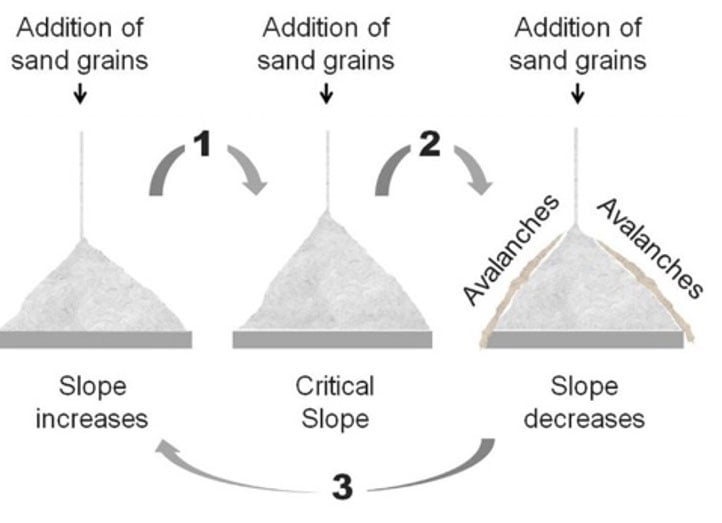The Concept
The attribute which has come to the forefront as a result of this COVID-19 pandemic crisis is the notion of—‘Resilience’, the dictionary meaning of this word is the ability to ‘bounce back’ from adverse circumstances. While this word is quite commonly used in our vocabulary, its implications in the context of organizational and societal systems are not well defined and fully understood. Therefore from the aspect of management science, it is important to connect this notion of the word ‘Resilience’, to Resilient Thinking Philosophy and its Systematic Design & Practice. Hence, let us dwell upon this philosophy in more detail, expanding our existing boundaries of knowledge in a logical manner, as follows.

Under relatively stable and predictable environmental conditions, we encounter problems related to what we may term as Complicated Systems. The characteristics of such systems in terms of structure and relationship between its elements do not change with time. Therefore, the behavior of such Complicated Systems remains by and large predictable and may be analyzed with existing available methods and tools, from analytical or stochastic domains. However, with the increasing rapidity of the environmental changes due to turbulent forces, the complexity increases both with respect to its structural relationships as well as its dynamical response. The structure and relationships between its elements, keep varying with time, making its behavior unpredictable. Such systems are known as Complex Systems.

Thus it is an extension of Systems Thinking, however with a major shift towards ‘Dynamical Complex Systems’, that exhibits ‘Counterintuitive Behaviour’.
The Context
The nature of the change the pandemic crisis has brought about is very fundamental, as it has not only had a cataclysmic effect on the lives and livelihoods of millions but has shaken the core beliefs & values. This has impacted the behavioral foundations of all the seven billion plus human beings on our planet. Hence, there is an imperative to explore new mental models, that explain the emergence of the new behavioral order with systemic characteristics, that shall be the driving factor for all future human and technological endeavors.
Hence the socio-economic policies, strategies, institutional structures, and systems have to be adapted and aligned accordingly for the welfare of our people and planet. Our policies and strategies have to be emergent, with the capabilities to respond to the dynamic complexities, which may at times place contradictory demands.

Resilient Thinking Models for Design & Practice
Many complex systems are adaptive and robust at the same time. Thus ‘Resilient Systems’, must have the ability to adapt to changing environments and also be robust against changing environments. Though it may seem to be contradictory and mutually exclusive!
However, if we turn our attention to Biological Systems—All living beings are adaptive and robust at the same time, as human beings, we are the living examples. As an explanation of how these two contradictory features may coexist, the ‘Edge of Chaos’, behavior of ‘Self-Organized Critical Systems’, which is a class of ‘Non-Linear Dynamical Systems ‘, are commonly seen in nature, as illustrated below in Exhibit 1.0.
Nature Practicing Resilience: Intuitive Example of Sand Pile Model

The sandpile organizes itself towards a critical slope. Thus, the system is adaptive and robust.
Similarly, Resilient Thinking in the management context may be designed & practiced by structuring it at various levels. Resilient Thinking in organizational design would cover people/culture, learning & knowledge systems, service/products, processes, organization, supply chain, etc. by using different approaches. It would address factors that influence both adaptiveness and robustness aspects, simultaneously by design-Resilient by Design.
***


